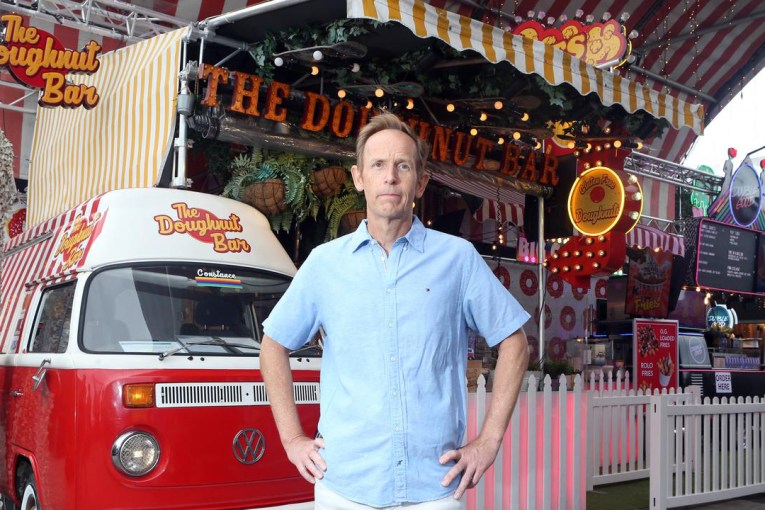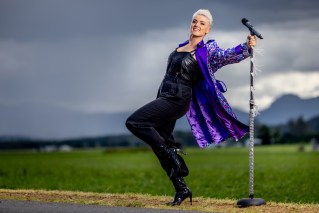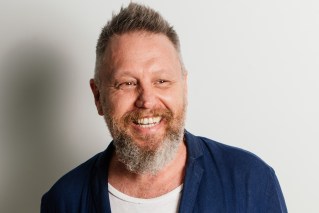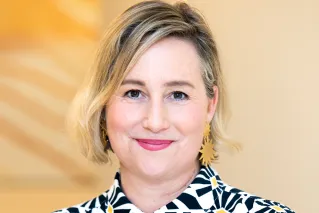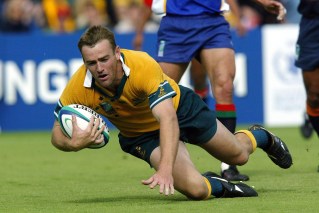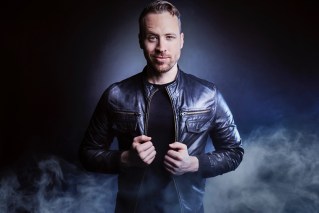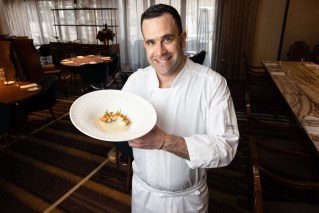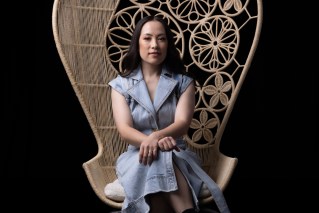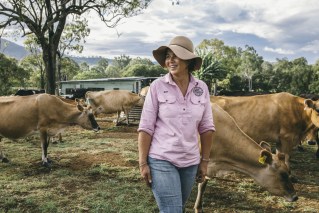Spankings, seizures and the birth of State of Origin: An extract from Wally Lewis: My Life
In this extract from his biography My Life, Wally Lewis reflects on the birth of State or Origin – a platform that formed the bedrock for his legendary career.
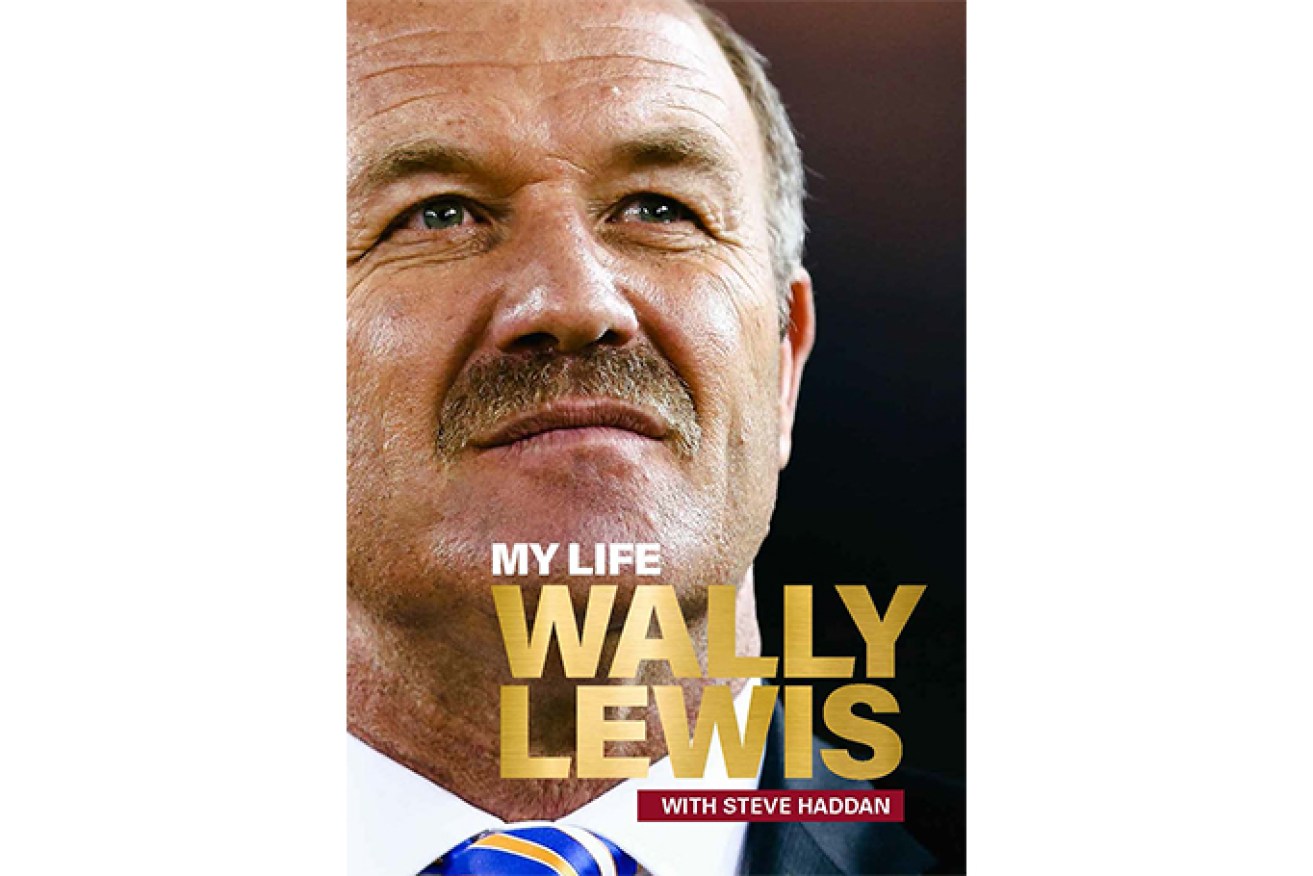
My Life: Wally Lewis, retails for $39.99 in softback at QBD and Dymocks stores or at www.stevehaddan.com.au.
In the late 1970s, interstate football was on life support; that changed with the foresight of state administrators Senator Ron McAuliffe and Kevin Humphreys. At the start of 1980 season we knew Queensland would soon be able to pick players poached by Sydney clubs. It shaped as rugby league’s ultimate game-changer, and I would find myself swept up by this bold initiative. Even defined by it.
Early in the season though, my attention was diverted by a shocking jaw injury I copped in the first match of the year. On February 24, in the seventh minute of a pre-season clash against Norths at Neumann Oval, Ross Strudwick was kicked in the head and a brawl erupted. I raced in to get involved and the Devils’ gun recruit, Kiwi Mark Graham, saw me coming out of the corner of his eye, turned around and went whack. New Zealand’s player of the century later apologised. “I thought you were coming in to hit me, so I got in first.”
The punch hit me flush. Aware of its impact, Mark came to my aid. He signalled for help, they wrapped a towel around my head, and someone said, “Let’s get him into an ambulance!”
You wouldn’t believe it. The ambulance officers were on strike. Eventually my good mate Peter O’Callaghan drove me to the Mater Hospital. I missed a month of football. It was a wild affair – with no stretchers because of the strike, Norths’ lock Nev Draper was carried off – on a door.
The head knocks were now cause for concern. At 19 years-old I wore the heavy contact like a badge of honour. Mum was worried. “Even as a junior he was a marked man, getting concussed all the time. I used to watch him in his bed while he slept.” She’d bail blokes up after matches if they went after me.
The playmaker always had a target on his head. I had observed with concern how Struddy was singled out and wasn’t keen to receive the same treatment. One or two times I thought to myself, “If this keeps up, I’m not going to be the full quid.”
Towards the end of the season The Courier-Mail ran a photo of the injuries Ross and I sustained during 1980. Despite this, opposition fans still accused me of taking dives – all the time.
The Rat had taught me plenty about gamesmanship, some good, some bad. There are still fans from opposition BRL clubs who turn the TV off when they see my face. Bishop Park (the home ground of Norths Devils) was the worst – the walk from the sheds across the car park and onto the ground was scary.
On Sunday, May 11 1980, I had my first seizure. I was sitting at home watching Channel Seven’s Sports Scene, on the morning of the City-Country selection trial. I’d been named at lock, relegating my nemesis Norm Carr to the bench for the first time. A week earlier, I’d suffered a concussion against Wynnum and was ill for a few days – constant headaches.
The seizure went for about 90 seconds – a tingling sensation I’d never experienced before. Something went through my body and I couldn’t control it. I could hear people talking on the TV but their words were all mixed up and backwards. I knew something was wrong.
Mum and Dad took me to the doctor who said I had the flu. When I got home I had another seizure and went straight to the Mater and spent 48 hours in hospital. I missed the trial, with what was reported as a flu-type virus.
In the years that followed I had the occasional seizure, the cause of which I couldn’t be sure. In 1987, after a one-off Test against New Zealand, at Lang Park, I felt particularly the worse for wear. I had an episode during the game and told ARL doctor Kevin Hobbs, who insisted I go to the Wesley Hospital and get checked out. The following day, a neurologist there, Dr Douglas Killer, did a few more tests and told me I had epilepsy. I began taking prescribed medication.
A week after that first seizure I figured prominently in Valleys’ big win over Easts, but missed selection for the first interstate match at Lang Park two days later. Norm Carr was named Queensland skipper and we got belted 35-3. For game two in Sydney I was picked at halfback (and stunned by the selectors’ decision) alongside a host of future Origin stars – Colin Scott, Greg Conescu, Brad Backer, Mal Meninga and Chris Close. Norm was again captain and lock. We had a dig but lost 17-7; only 1,368 patrons turned up at Leichhardt Oval and I remember saying, “Two men and a dog showed up and the dog left at halftime.”
The following day, Ron McAuliffe and Kevin Humphreys announced that the third match, at Lang Park on July 8, would be played under state of origin rules. “We were watching interstate football fade away,” said Humphreys. “We had to do something.” I knew if we got our players back we’d win.
There were plenty of doubters, most south of the border, who felt if New South Wales won, the concept was doomed. Three Sydney clubs – St George, Souths and Eastern Suburbs – wanted nothing to do with State of Origin.
The Sydney press, as they so often did, helped our motivation enormously. The Daily Mirror’s Ron Casey wrote: “To the Queensland hillbillies in Premier Joh’s Bananaland, the State of Origin match might be a big deal, but to those in the land of the living, here in Sydney, it’s just another match without much meaning”. Fellow Immortal Bob Fulton called it, “Rugby league’s non-event of the century.”
In Queensland the excitement went through the roof. Boy was I hoping I got picked. I observed the names being mentioned in the papers and thought, I’m no chance. If they were going to pick the best possible side, current Queensland captain Norm Carr was a certainty.
I was at Valleys with my mates on a Sunday night when one of the club’s officials halted the drinking and announced the team (the QRL had phoned the club). I was lock, one of five Brisbane-based players in the run-on side and had relegated Norm to the bench. I have never been more excited in my life.

A classic photo of the Queensland team doing laps at Neumann Oval before the first State of Origin match in 1980.
From Left: Greg Oliphant, Kerry Boustead, Colin Scott, Arthur, Rohan Hancock, Mal Meninga, Rod Morris, Rod Reddy, Chris Close, Wally Lewis.
All these years, persistence, persistence, persistence had been my battle cry. Finally it had paid off. Two years it had taken me to unseat Norm. I know Ron McAuliffe had a role in team selections, but I wasn’t privy to his personal opinions regarding Norm and me. I sensed he was leaning towards youth and the future.
That said, our Test-quality front row had an average age of 30-plus. At 35, captain Arthur Beetson, in his last season in Sydney, was playing reserve grade at Parramatta. Coach Jack Gibson refused to pick him unless he got in shape, but when approached by McAuliffe, Gibson gave Beetson his tick of approval. John Lang, the former Easts’ Tiger now with the Roosters in Sydney, was one of the finest ball-winners in the game and his close friend, Balmain’s Rod Morris, never took a backward step.
In the second row, the hardworking Rohan Hancock was partnered with the highly skilled and physical Rod Reddy. Rocket had a mean streak a mile wide. Behind me, were the halves – Balmain’s Greg Oliphant and former Toowoomba five-eighth Alan Smith, in the first of two seasons with North Sydney. A year earlier he scored four tries for Queensland in game three.
Thrown in was a youthful backline who would give Queensland exemplary service – Chris Close, Mal Meninga, Kerry Boustead, Brad Backer and fullback Colin Scott.
Seven Sydney-based players – Boustead, Lang, Oliphant, Morris, Smith, Reddy and Beetson arrived to great fanfare at Brisbane airport on June 30, declaring they’d give their all. Arthur said he was honoured to be named Queensland captain and would play the game for nothing if he had to.
You could hear the band playing as soon as we got into camp at the Gazebo Hotel. At one point Arthur took me aside. “I’ll be honest,” he said. “I don’t know a lot about you, but I’m told you run quickly and have a great pass. But if you weren’t any good, you wouldn’t be here.” He told me I was a kid about to play a man’s game. “You have to bring the confidence you bring to the game every week, to this game. These blokes (New South Wales) are nothing special.” I was brimming with confidence.
I assumed the role as designated bus driver; our manager, Test great Duncan Hall, declared, “I’ve had just two drives with Wally – my first and last.”
By matchday the fun was over. At the ground, Ron McAuliffe called us together and you could have heard a pin drop. He declared he had full confidence in us, but added, “Don’t waste this opportunity. You have to win!” After coach John McDonald gave us some last-minute reassurance, Arthur spoke, and I don’t remember a word he said, I was so nervous.
Running onto the field I was hit by the wall of noise. Our names were read out over the public address system as we gathered on the sideline, running on the spot. In those days that was the extent of the warm-up. As we faced the crowd in the Frank Burke Stand I knew rugby league in Queensland was about to change.
The crowd went nuts when Arthur was introduced. When he clocked Parramatta teammate Mick Cronin, it was clear he meant business.
Queenslander. We won 20-10, with Mal kicking seven from seven. Choppy was man of the match, closely pushed by Arthur. Thanks a Million, Artie ran the headline in the following morning’s Courier-Mail.
If I had my time over, I’d change the way I played that historic match. Thinking it was the right thing to do, I hung around Arthur all night. It was impossible to ignore his presence on or off a football field, but I’d been picked to play my own game, not follow him around, hoping he’d put me through a gap. I reckon it was just another game for him.
In the rooms afterwards the call went out to bring in Origin fulltime, but we had to wait until 1982 for that. In August, Beetso announced he’d return to Redcliffe in 1981 after 15 seasons in Sydney.
My Life: Wally Lewis retails for $39.99 in softback at QBD and Dymocks stores and limited signed copies in hardback can be ordered at www.stevehaddan.com.au for $59.99.
